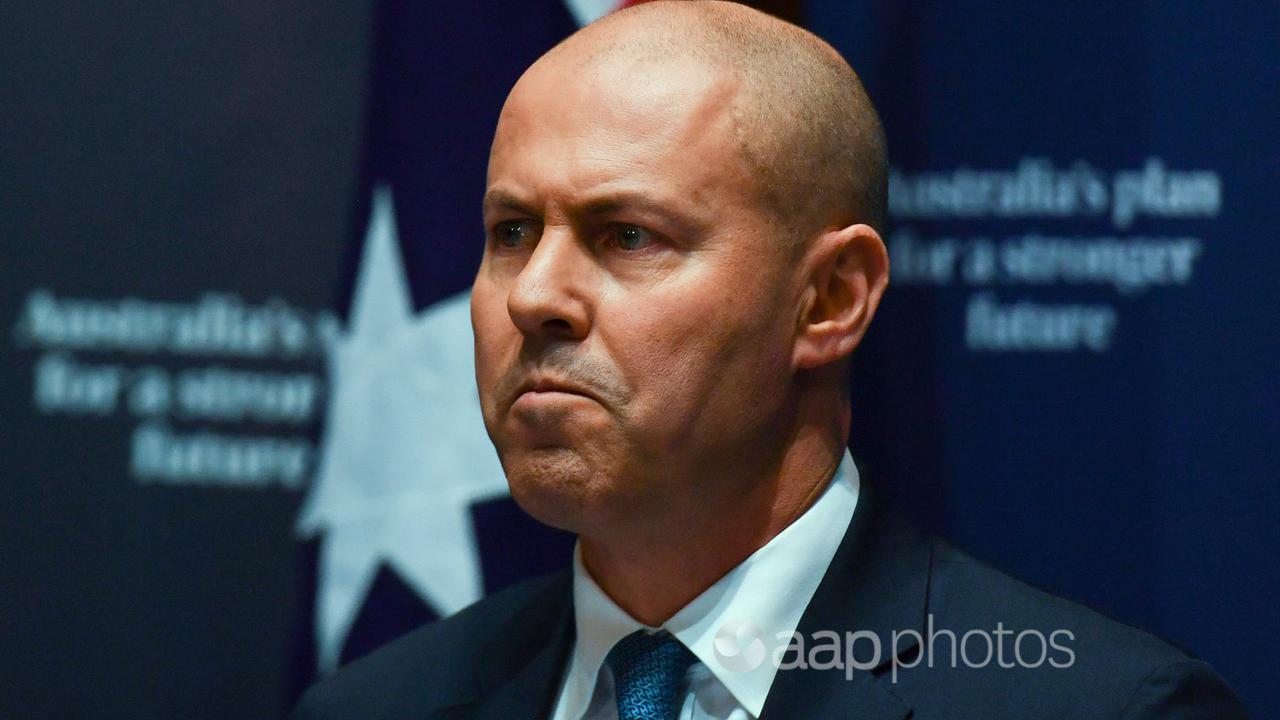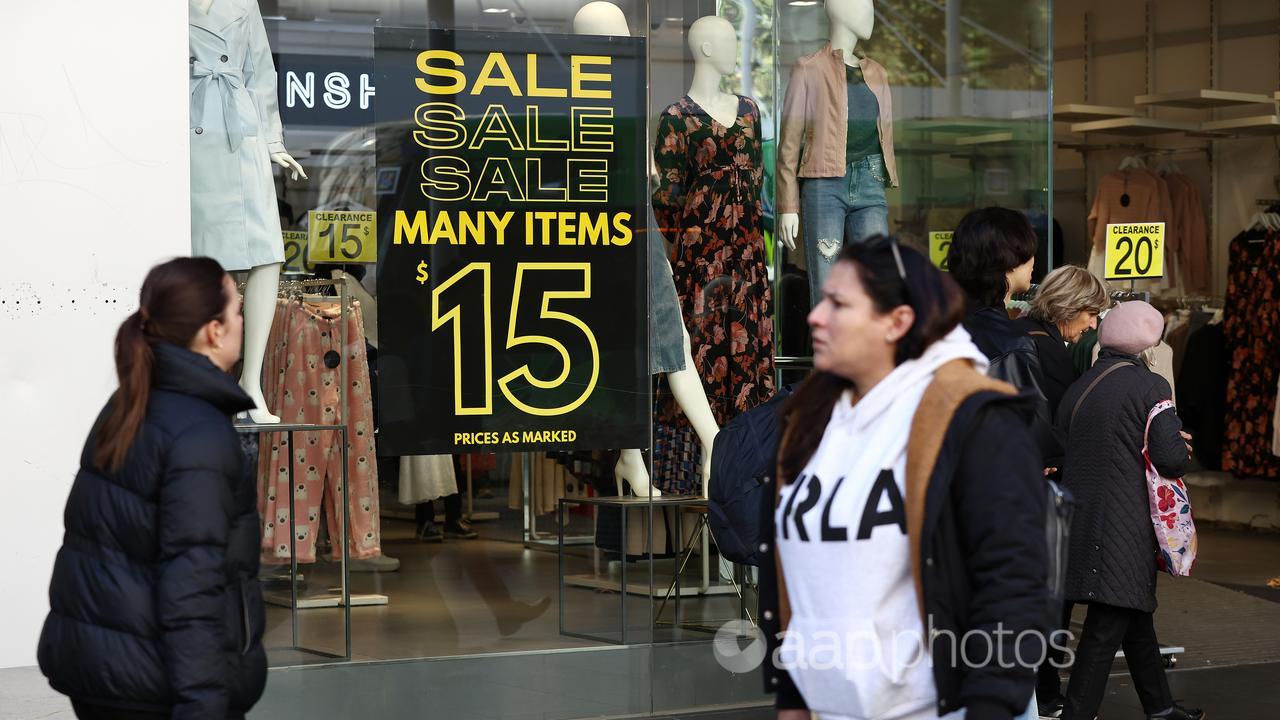Treasurer Josh Frydenberg has backed his government’s record on decarbonising energy supplies, citing a purported $35 billion of investment in renewable projects across Australia in just three years.
But his claim significantly overstates the scale of spending on the sector. Industry analysts say only $24.8 billion has been spent on renewables in the past three years, with investment also steadily declining since 2018.
Experts also note the renewable energy investment has largely been driven by private funding and state government rather than federal policies.
Mr Frydenberg, who is being challenged by climate change-focused independent Monique Ryan in the seat of Kooyong, was pressed during an interview on ABC’s Insiders on May 15 about strengthening the government’s 2030 emissions target (video mark 6min 39sec).
In response, the treasurer said the most important thing was to have a plan rather than just a target, adding: “We have rolled out $35 billion worth of renewable energy in just the last three years, which is eight times the global pace.”
Asked by AAP FactCheck for the source of the investment figure, Mr Frydenberg’s office provided a link to the transcript of a Senate estimates committee hearing from March 2022.
During the hearing, a Department of Industry, Science, Energy and Resources official was questioned about a figure of $35 billion in renewable energy investment across Australia in the past five years – not three.
A source for the figure was not provided during the hearing, however in a 2020 press release touting $7.7 billion of renewable energy investment in Australia the previous year Energy Minister Angus Taylor cited BloombergNEF as his source.
It and subsequent annual press releases from Mr Taylor gave a total of $22.8 billion in renewable energy investment in the years 2019 to 2021 (see also here and here).
A spokeswoman for BloombergNEF (NEF) provided AAP FactCheck figures showing that from 2019 and 2021 $US17.62 billion was spent on renewable energy projects in Australia.
Based on average exchange rates during those years, the three-year total came to $24.8 billion. The figures include large-scale projects and spending on rooftop solar systems.
The BloombergNEF figures also show renewable energy investment in Australia was down 37 per cent in 2021 from its peak in 2018, falling from $US8.85 billion to $US5.57 billion. This was driven by a big decline in spending on large-scale projects, while investment in small-scale solar had increased.
The overall decline in spending came during a period when global investment in renewable energy projects had been steadily rising, according to a separate BloombergNEF analysis.
As previously explained by AAP FactCheck, renewable energy projects have been rolled out faster in Australia than in many other developed countries in recent years. However, experts said many peer countries such as those in Europe already had more mature renewable energy sectors whereas Australia’s industry was growing fast from a low base.
University of Technology Sydney renewables expert Jay Rutovitz told AAP FactCheck in an email that recent spending in the sector was “mainly private investment, not government investment, both in large scale and in rooftop solar”.
“Renewable investments have slowed because of the absence of clear energy or climate policy at a federal level, and have been driven by state targets and policies,” she added.
All state governments have set renewable energy targets of 50 per cent or greater by 2030, with South Australia and Tasmania targeting renewables for more than 100 per cent of their electricity consumption.
ANU honorary associate professor Hugh Saddler, an energy policy expert, agreed that state governments had been the key driver of investment in recent years, along with falling costs for renewables.
He told AAP FactCheck one significant federal policy that drove spending on renewables was the Large Renewable Energy Target (LRET). This was introduced by the coalition under prime minister John Howard in 2000 and significantly expanded under the Rudd and Gillard Labor governments before it was scaled back by 20 per cent in 2015 under the Abbott coalition government.
“Since then it has been almost entirely state/territory governments, including both Labor and coalition, that have been the source of supportive government actions,” Dr Saddler said, adding that a series of aborted federal government proposals to restructure the National Energy Market had created uncertainty for would-be investors.
The Verdict
The amount spent on renewable energy projects in Australia was $24.8 billion in the past three years, according to industry analysts, not $35 billion as claimed. Annual levels of investment have been declining since 2018.
Experts say the uptake has been primarily driven by state government rather than federal targets or other policies, as well as high uptake of rooftop solar systems.
False – The claim is inaccurate.
* Editor’s note: AAP FactCheck has expanded its ability to fact-check environmental issues with the support of the Australian Conservation Foundation. AAP FactCheck retains full editorial independence in this project and continues to apply the rigorous standards required for accredited members of the International Fact-Checking Network.
All information, text and images included on the AAP Websites is for personal use only and may not be re-written, copied, re-sold or re-distributed, framed, linked, shared onto social media or otherwise used whether for compensation of any kind or not, unless you have the prior written permission of AAP. For more information, please refer to our standard terms and conditions.


















